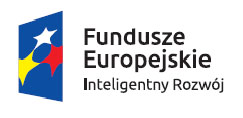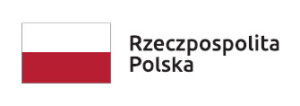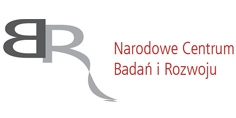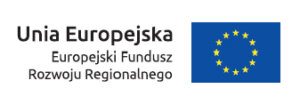
Sources of non-classical logic
14 April 2022
Collaborative Planning, Forecasting and Replenishment as a Tool for Effective Inventory Management
6 May 2022

Sources of non-classical logic
14 April 2022
Collaborative Planning, Forecasting and Replenishment as a Tool for Effective Inventory Management
6 May 2022Demand forecasting using neural networks

Demand forecasting plays a key role in inventory management and optimization and thus determines the profitability of a company. It is also one of the most important elements of supply chain management, affecting the flow of products between its links. Improving the accuracy of demand forecasting can bring many benefits in the form of profit maximization, increased sales or efficient production planning. In conclusion, the demand forecast is a very important piece of management information, and a mistake made in its determination can cost an organization a great deal. With the increasing complexity of the market, demand forecasting is becoming more challenging because the factors affecting demand are becoming more dynamic. Each factor affects product demand in its own way and therefore cannot be mapped so easily.
The advantage of using neural networks in the problem of achieving accurate demand forecasting is the property of the network to accurately represent the dependence of each variable, and we don’t have to worry about the details of what’s going on inside, as long as we make sure that our neural network learns as well as possible. However, to use neural networks to solve practical problems, one of the most important tasks is good matching and proper mathematical modeling. To do this, it is necessary to consider each of the factors that can affect the desired quantity, and convert them into a mathematical physical quantity.
These factors should be independent of each other, otherwise our neural network will receive redundant input data. Sometimes these factors can also be random. For example, climate change can affect sales on a given day, and since climate change in the distant future cannot be accurately predicted, we cannot accurately predict sales on that day. However, even the climate has a set pattern, and if we consider a more granular forecasting period, such as a week, we will be able to predict sales for that week. In this case, we use to our advantage the fact that random errors usually have a normal distribution.
Accurate forecasting of product sales avoids under- or over-stocking of product inventory. In traditional approaches, where classical series models are used, e.g., the ARIMA model, structural information inherent in products, e.g., relationships between products and brands, relationships between different products, etc., is often ignored. As a result, traditional solutions are unable to improve the accuracy of our forecasts. Neural networks make it possible to capture the impact of much greater complexity of factors and thus improve the accuracy of forecasts.
This article was written thanks to the funds from the European Union’s co-financing of the Operational Program Intelligent Development 2014-2020, a project implemented under the competition of the National Center for Research and Development: under the “Fast Track” competition for micro, small and medium-sized entrepreneurs – competition for projects from less developed regions under Measure 1.1: R&D projects of enterprises Sub-measure 1.1.1 Industrial research and development work carried out by enterprises. Project title: “Developing software to improve forecast accuracy and inventory optimization from the perspective of customer and supplier collaborating in the supply chain using fuzzy deep neural networks.




LAST UPDATES
TAGS
- #AI
- #artificial-intelligence-from-A-to-Z
- #bullwhip-effect
- #covid19
- #demand-forecasting
- #forecasting
- #Intelligent-Development-Operational-Program-2014-2020.
- #inventory-management
- #inventory-optimization
- #NCBiR
- #neural-networks
- #out-of-stock
- #outllier
- #overstock
- #safety-stock
- #safety-stock
- #seasonal-stock
- #service-level-suppliers
- #stock-projection
- #stock-projection-over-time
- #supply-chain
- #supplychain
Related entries
How about AI: what is it and how does artificial intelligence work?
READ
Artificial intelligence (AI) is the ability of machines to exhibit human skills such as learning, inference and recommending solutions. Artificial intelligence enables associations to be made […]
The essence of the classic model of inventory renewal based on the information level – the point of reordering
READ
The main feature of the model based on the so-called. “ordering point,” also known as an information-level ordering system or continuous review [3], is a condition […]
Fuzzy systems
READ
Based on fuzzy sets, a fuzzy inference system can be built. In such a system, fuzzy rules are implemented for modeling, which in turn make it possible to carry out the process of fuzzy inference.


